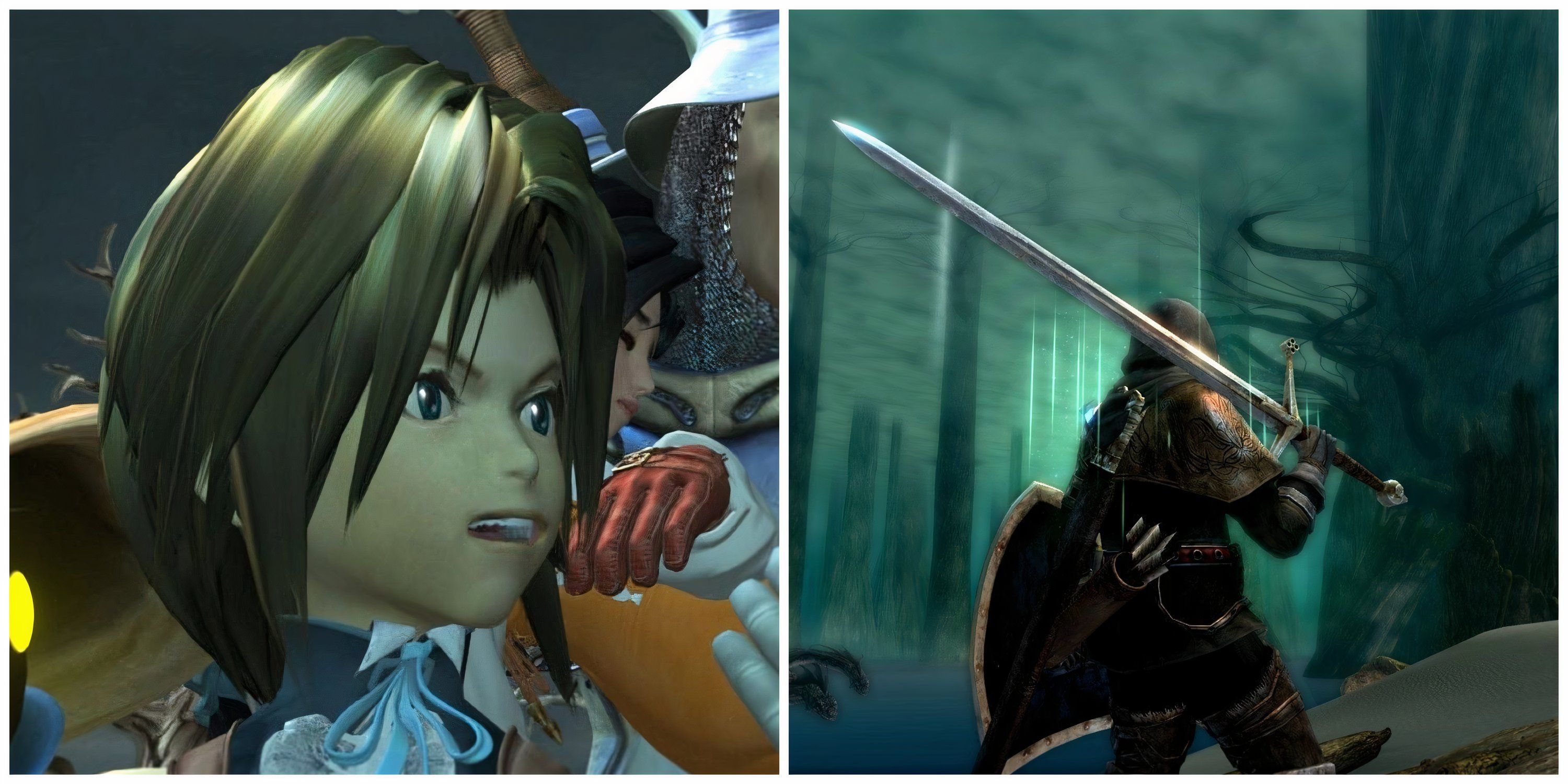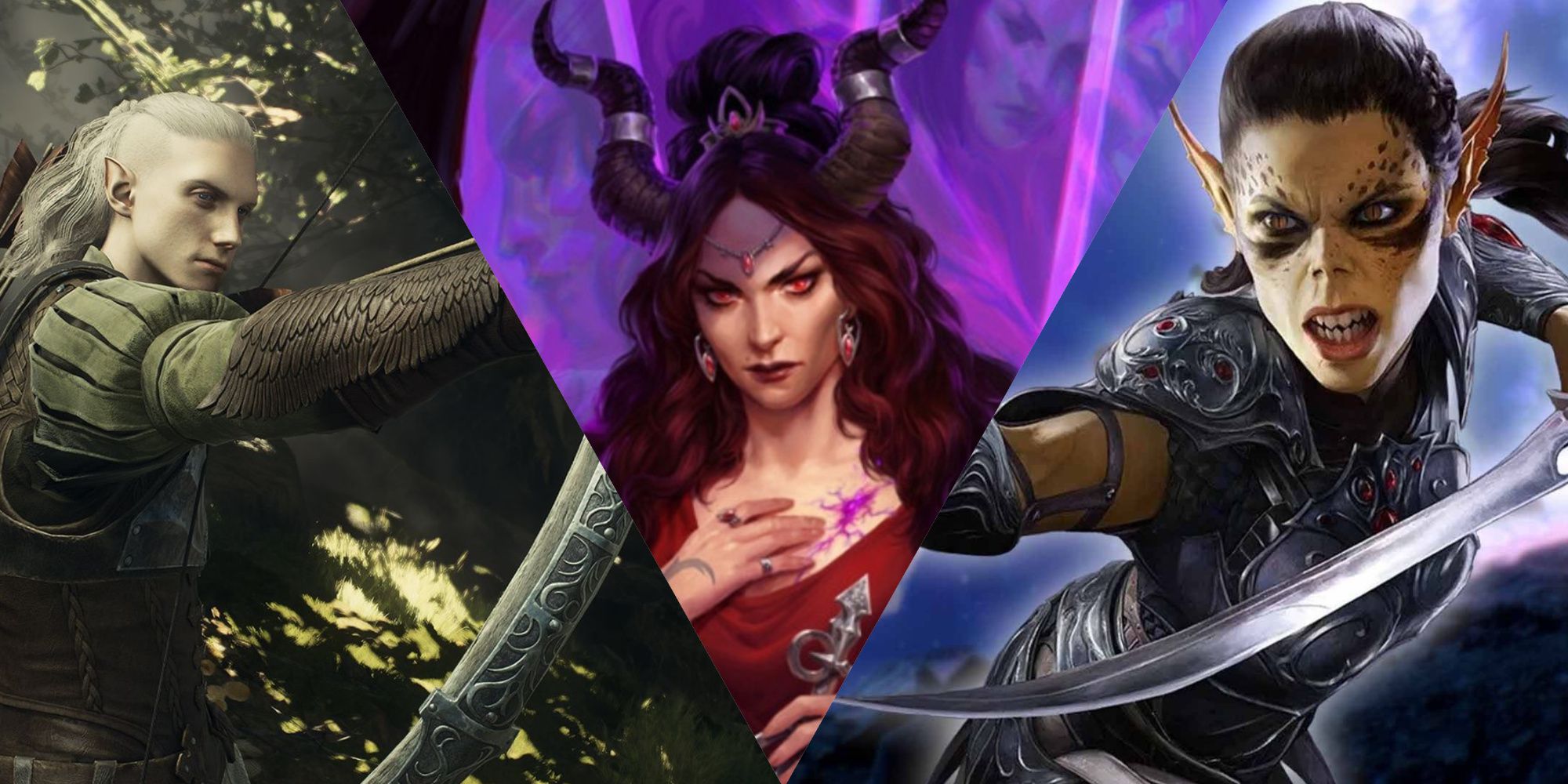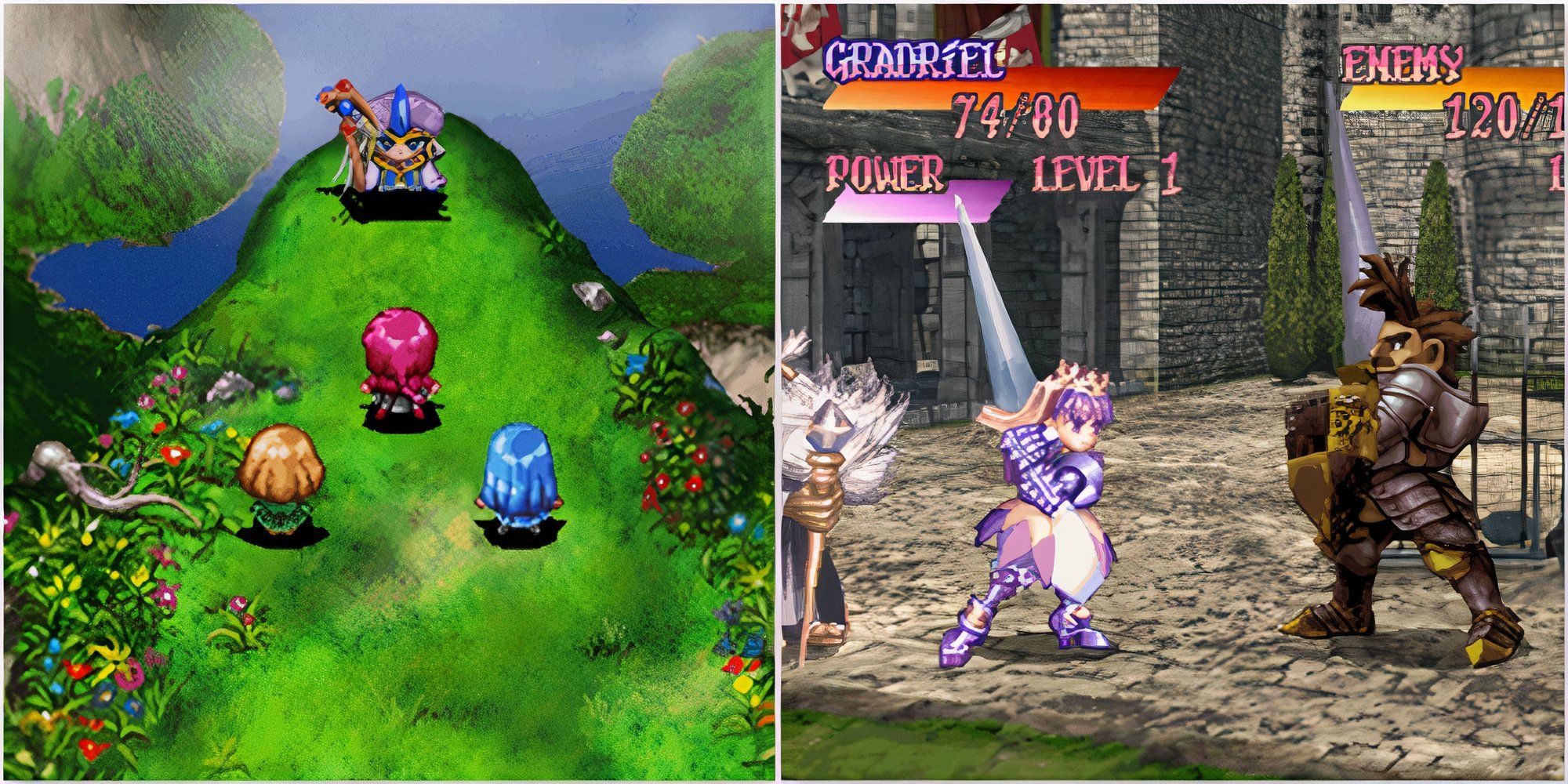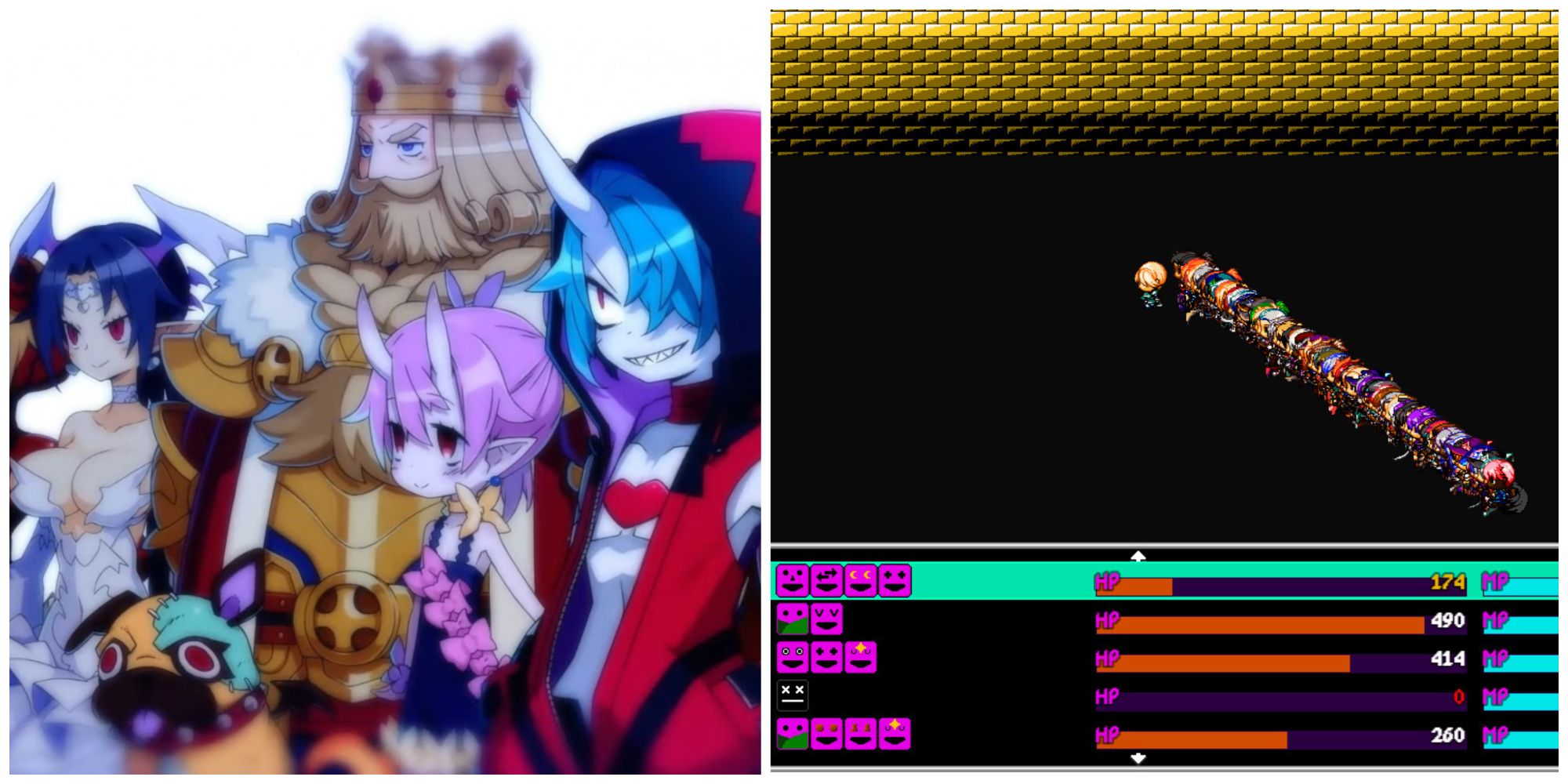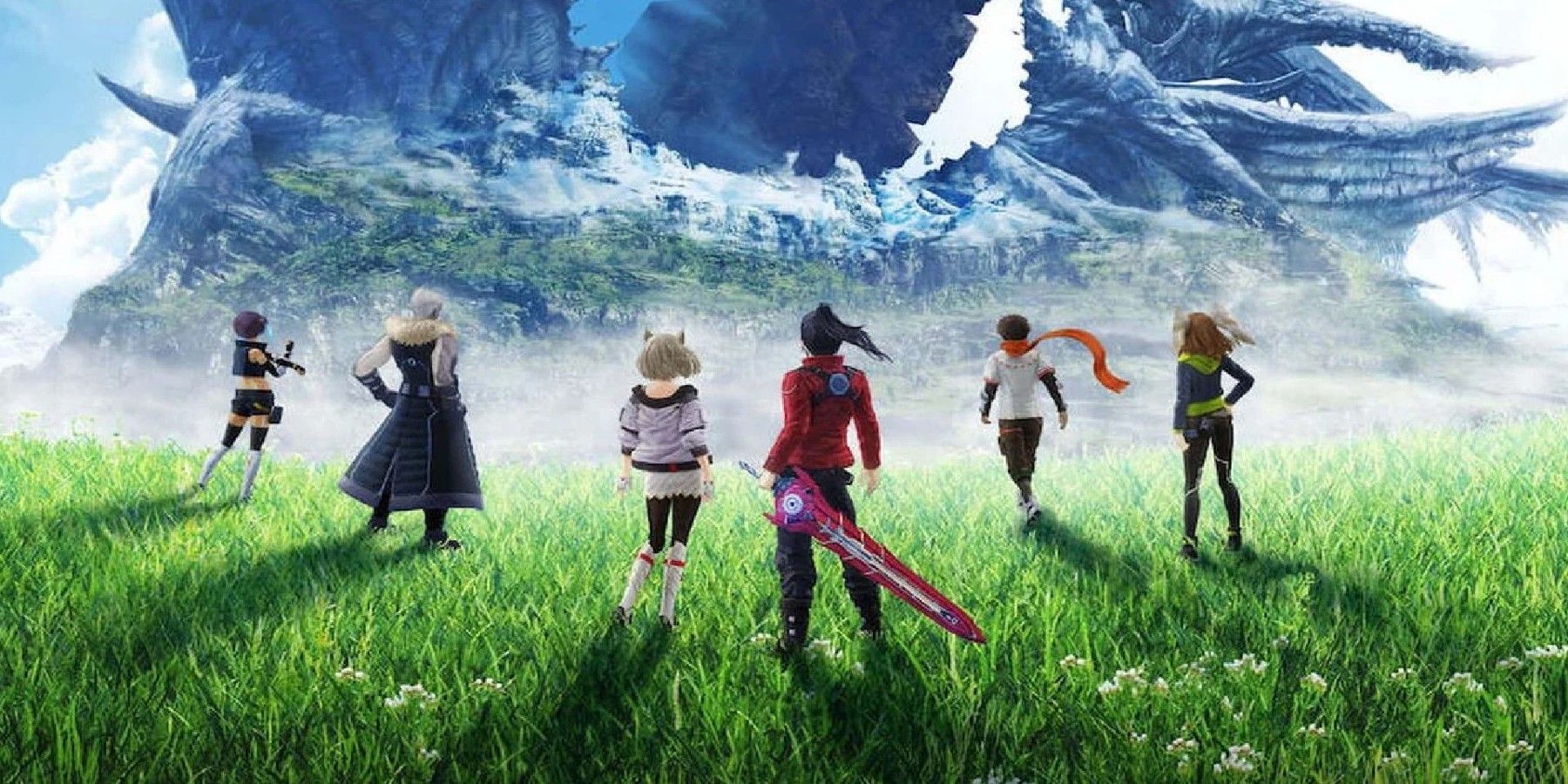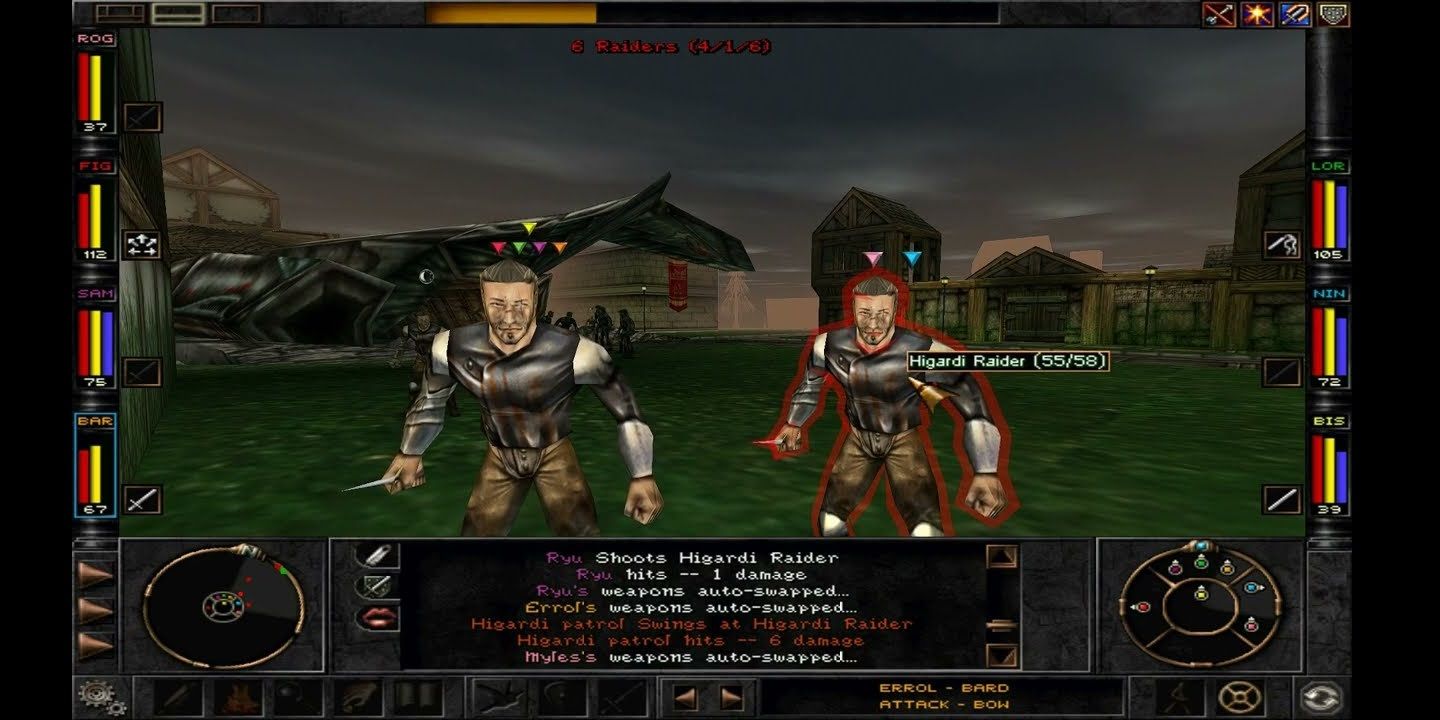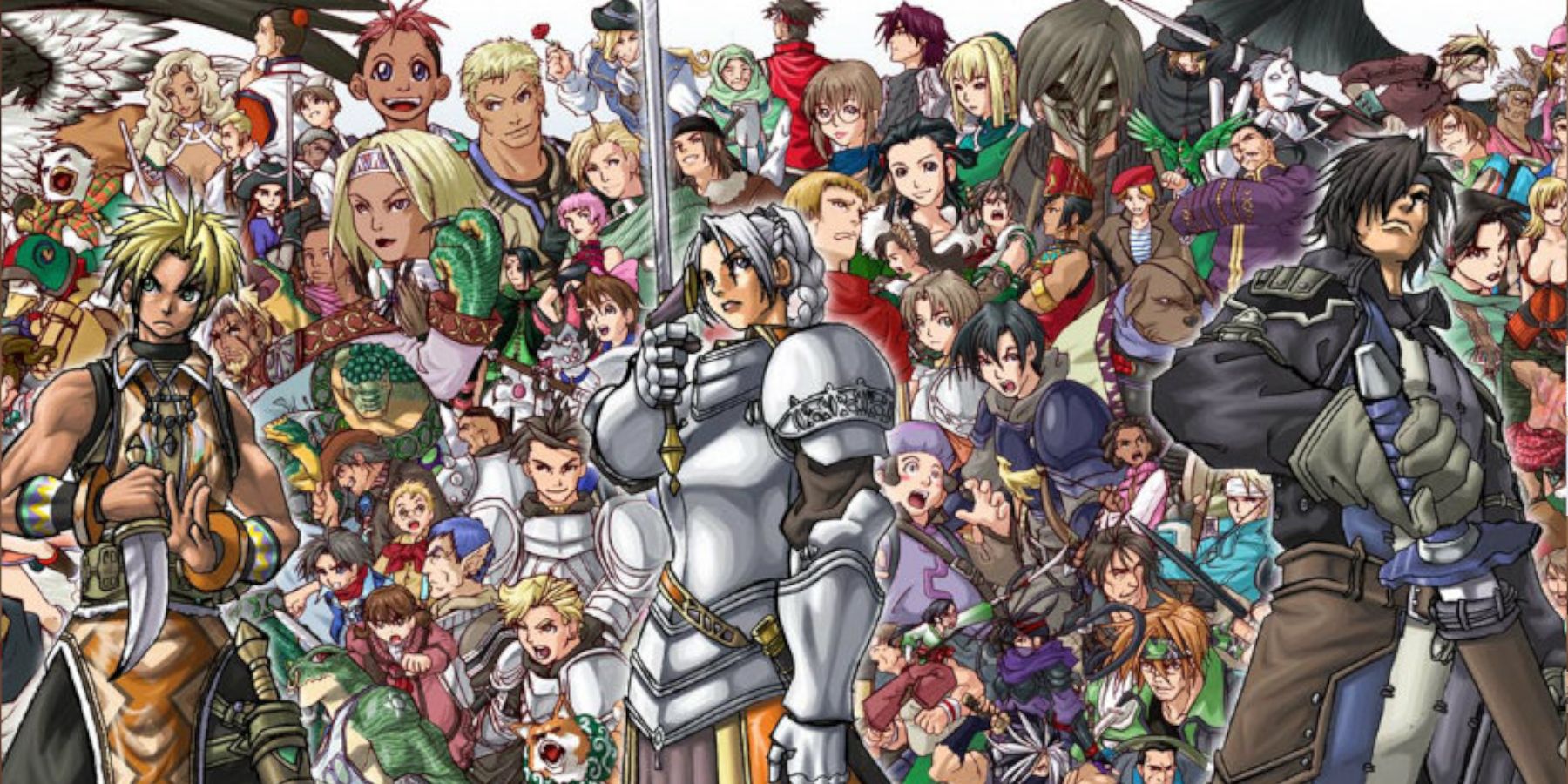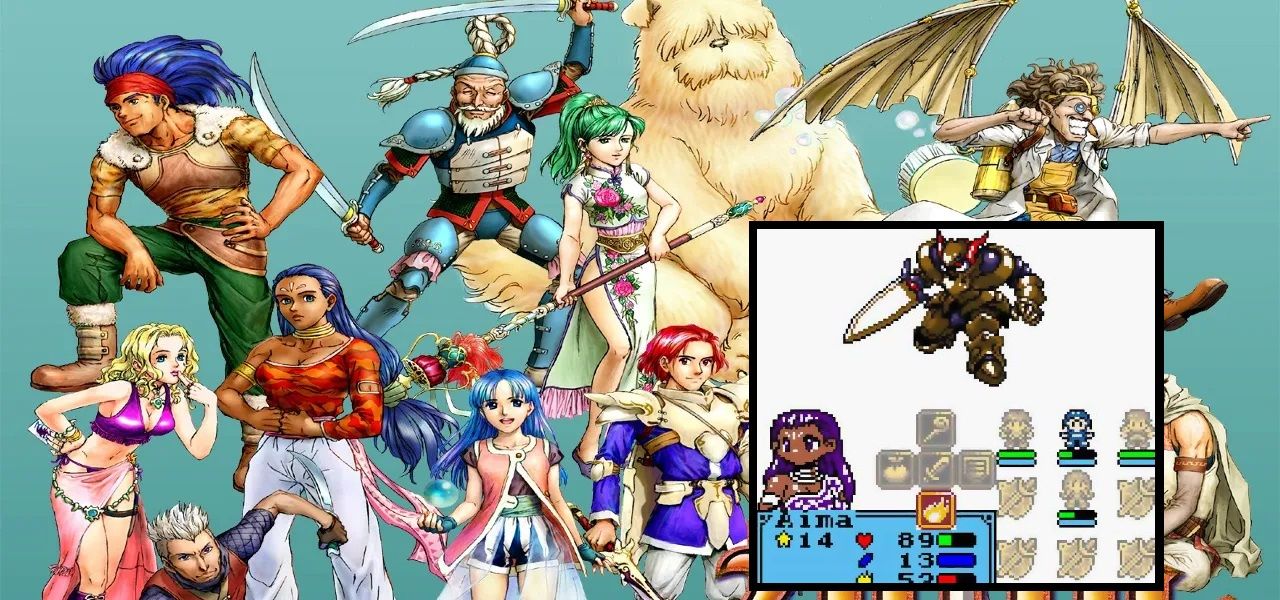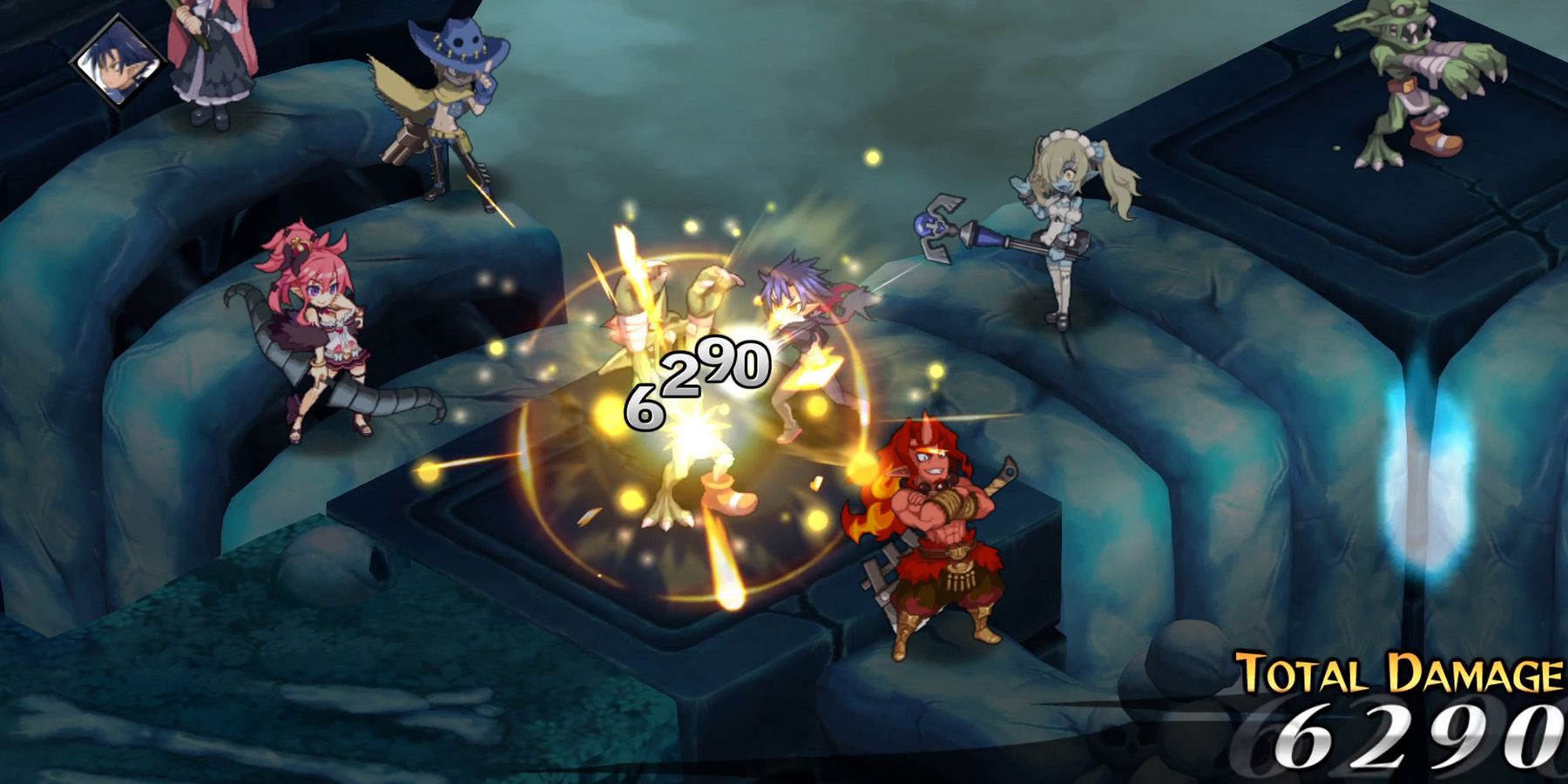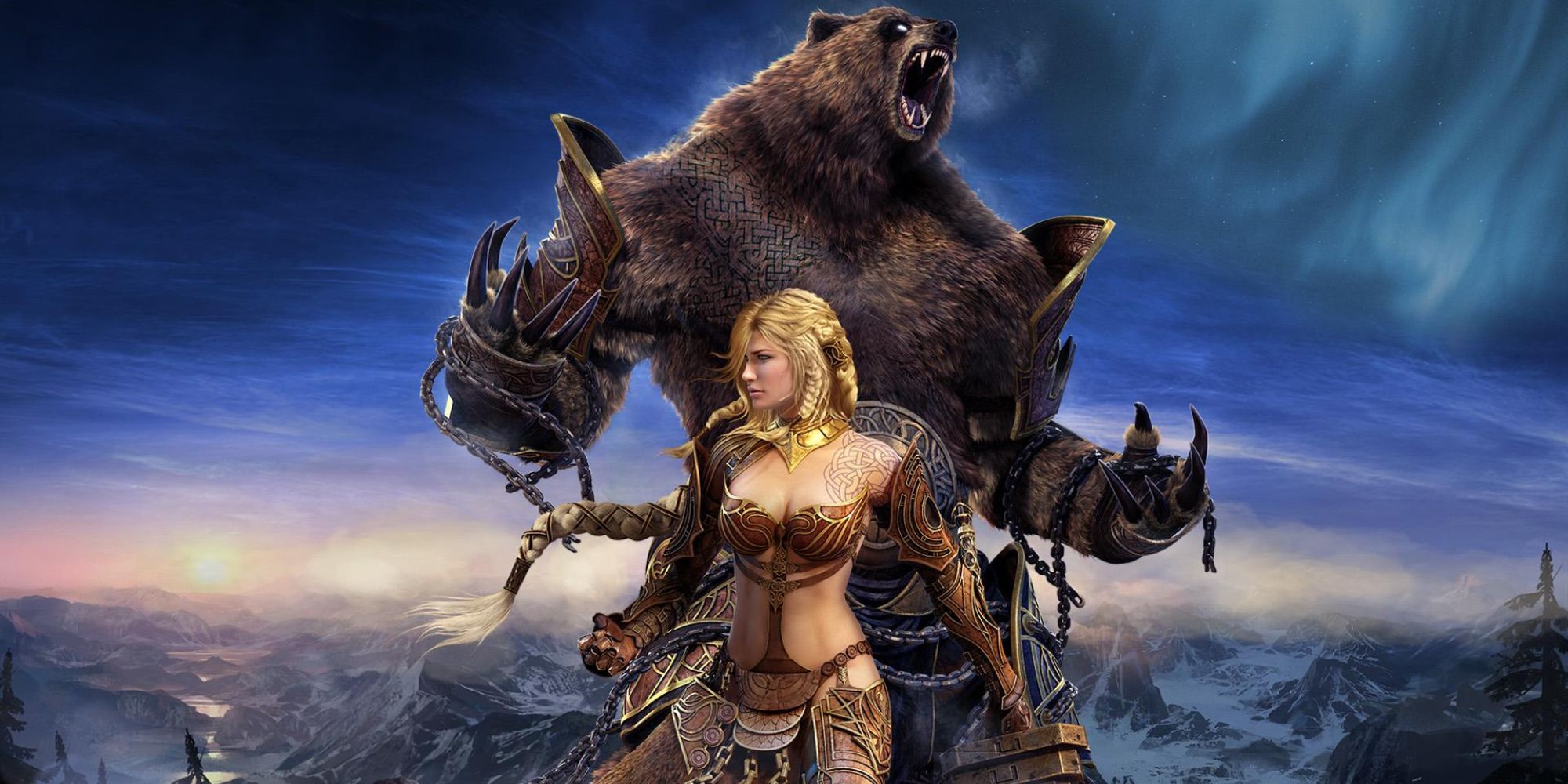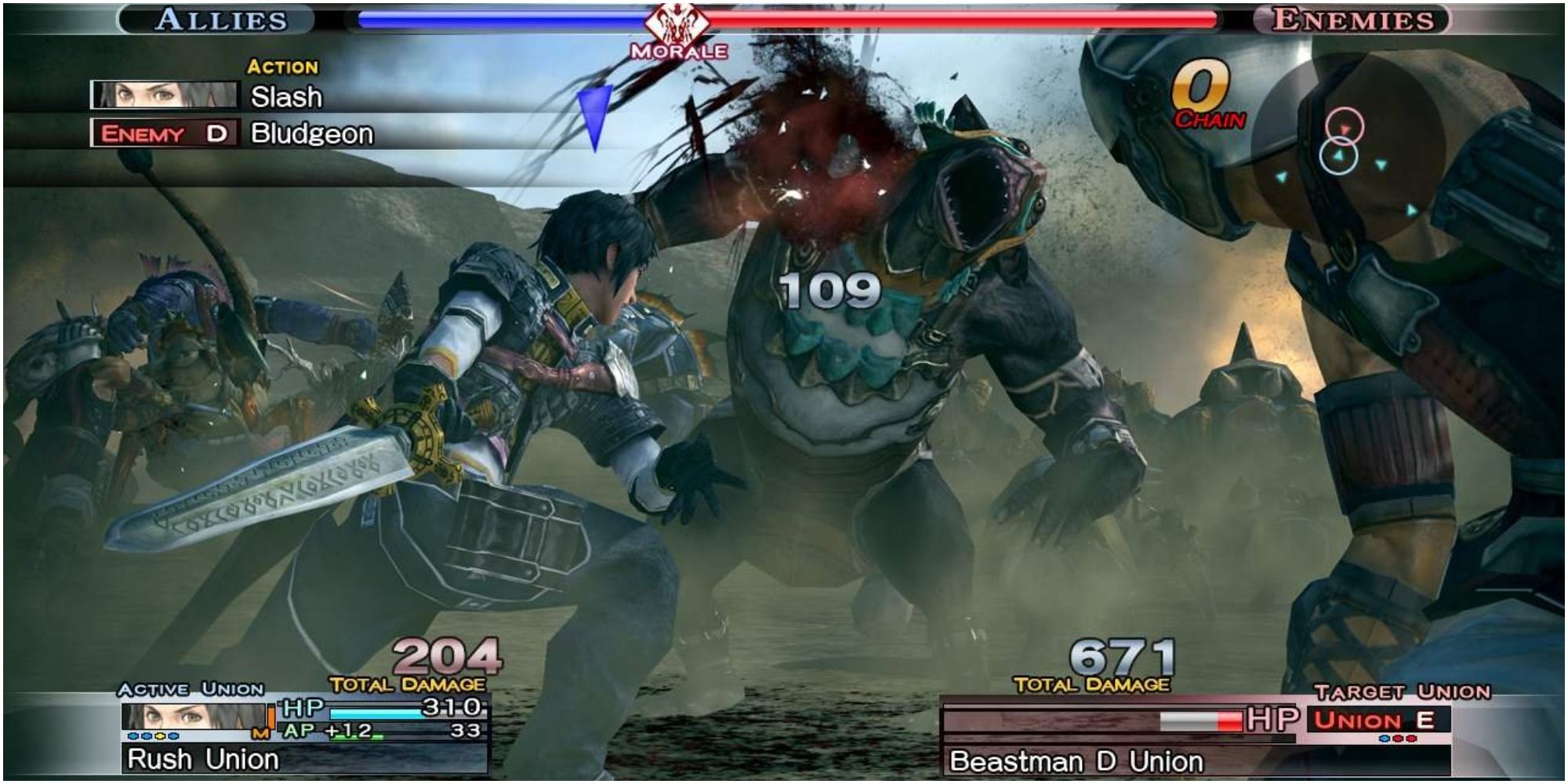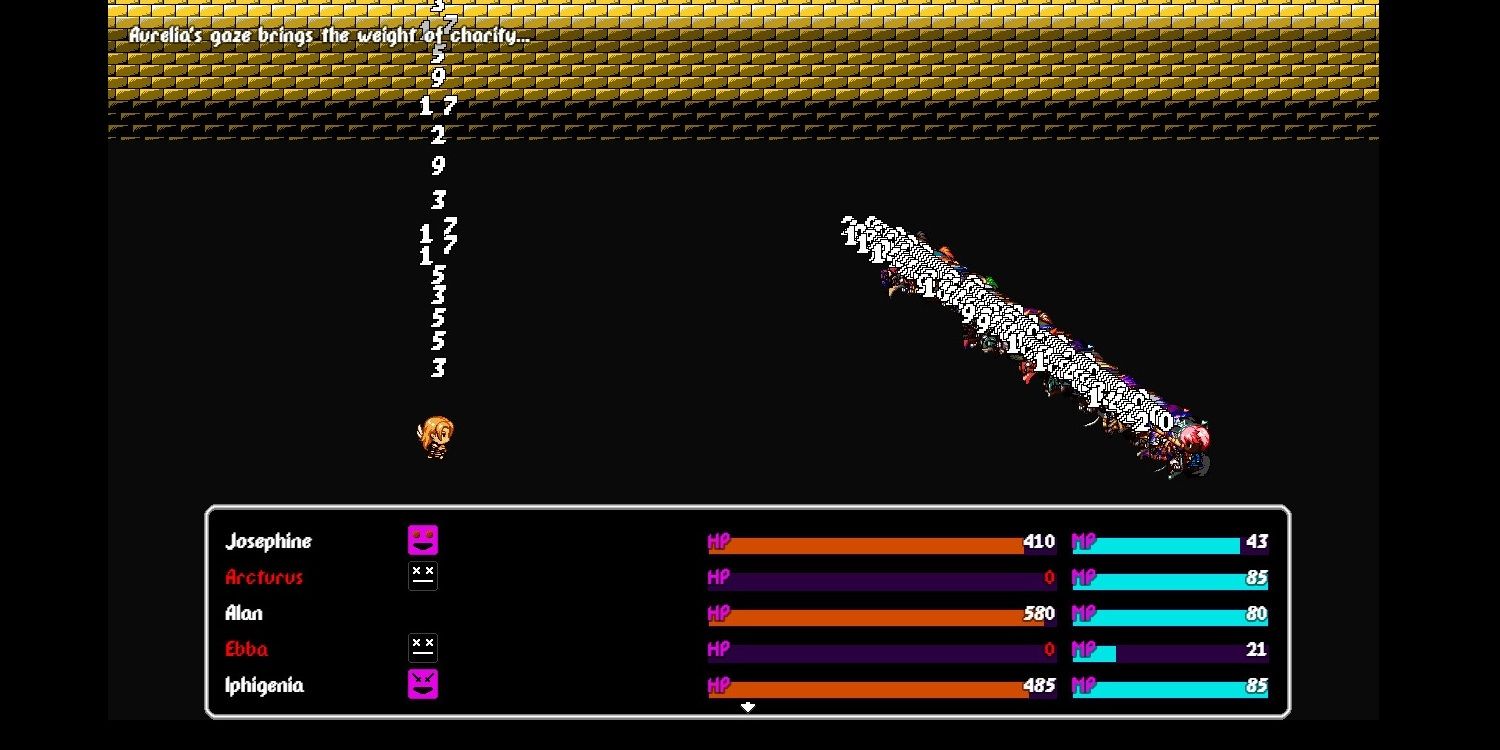The side with the biggest team usually wins. With strength in numbers, it makes perfect sense from a tactical perspective to try and maximize the number of heads on the battlefield.
However, this has rarely been the case in RPGs, where players are often hand-tied and asked to battle world-ending threats with only two (or three, if they're lucky) plucky companions. While this makes sense from a gameplay perspective, it doesn't make a whole lot of sense from a tactical perspective. That said, a few titles have opted to buck this trend over the years, allowing players to take along more than a golf cart's worth of combatants on the road to vanquishing the ultimate evil.
8 Xenoblade Chronicles 3 (6-7)
Like many tropes in fantasy genres, the traditional party size in most RPGs tends to be no more than four or five. The Xenoblade series began like almost all fantasy RPGs, with three party member slots (then four with Xenoblade Chronicles X).
Xenoblade 3completely shook the scene up in many respects, the most noticeable of which was giving players double the team member size. That's six characters to fight with, plus one guest, a hero character, who can be swapped in or out depending on the situation.
7 Wizardry 8 (8)
Despite the game looking (and, frankly, playing) like an old sack by today's standards, Wizardly 8 brought many innovations to the RPG genre, including full voice acting, an immersive first-person perspective (immersive as long as modern players can get past the dated visuals) in a genre that largely favored a top-down perspective, and robust party customization.
Wizardry 8 gives players full control over their party members, including their species, looks, and class. At the start of the game, the player is only able to form a party of up to six, but this later expands to the titularly-appropriate number eight with the help of some recruitable NPCs.
6 Suikoden (6-10)
With 107 recruitable characters (an army), six might seem like a constrictive number, but seeing as it's twice as many as most other RPGs, fights can still get a little hectic. The third entry in the Suikoden series opened up a slot for an additional support character, bumping the number to seven.
The fifth entry in the series added four slots for support characters, making for a maximum total of ten party members. While support characters don't draw blood in battle, they do affect their outcomes. These characters can offer post-scrap healing or will increase the chance for rarer drops.
5 Lufia: The Legend Returns (9)
What makes the third Lufia game in the series, The Legend Returns, so impressive, besides its large party size of nine members, is that this forgotten gem was released on the GameBoy Color. Although there were undoubtedly some absolute gems on the handheld, given the graphical limitations of the classic handheld, the developers deserve a pat on the back for the visual fidelity they managed to squeeze out of it.
That being said, the battle screen itself looks rather basic: a white background containing an image of the enemy or monster, then the nine party members laid out in a grid. Then again, having all nine cast members sprawled out on the screen all at once would have looked rather chaotic on one little screen.
4 Disgaea (10)
This tactical-focused RPG series is known for its excessive number of classes (Disgaea 5 has a whopping 40 to learn!). As such, it makes sense that players get the chance to drop more than a handful of characters into the fray at once. In Disgaea 6, players can drop a maximum of ten characters into battle.
A tricky part of making gains in the Disgaea games is figuring out how to balance a party by bringing the right combination of fighters, healers, mages, and ranged attackers into fights without taking too many along and spreading the XP gain too thin. Thankfully, in Disgaea 6, XP is shared across all party members regardless of whether they scored a kill or not. With a little know-how, keeping the party balanced shouldn't be a problem (despite its size).
3 Guild Wars (8-12)
While its sequel is now well-known in the MMORPG space, the first in the series was built around a more traditional RPG structure with cooperative elements. Guild Wars can be played entirely solo thanks to the addition of temporary henchmen (generic NPCs) and later Heroes, a cast of fully customizable characters with their own arcs and backgrounds who will stick with the player for the remainder of the game.
Each campaign starts with a maximum party size of four. By the end of the game, players will be running around with seven other NPC party members. This max party size is extended to twelve for the hardcore, elite challenges at the end of the Factions campaign.
2 The Last Remnant (18)
This one goes big with a cast of 40 unique players and around 300 "generic" characters. Last Remnant thankfully handles its large parties in "Unions," allowing for formation types that can have a great effect on the outcome of a scrap. With a maximum of six leaders and 12 soldiers in a Union at one time, that adds up to a maximum of 18 party members.
However, during the game's promotion, players were promised a maximum party size of 25. Perhaps this (as well as it having a reputation for being impossible to enjoy without an extensive guide) might explain why the game vanished from the Steam store in 2018, seemingly never to return.
1 IHLSBMCILSIREIKTFTDL (99)
IHLSBMCILSIREIKTFTDL (or, I Have Low Stats But My Class Is "Leader" So I Recruited Everyone I Know To Fight The Dark Lord) is a parody RPG that allows the player to recruit almost 100 party members (99 to be exact) in order to defeat the titular big bad: the Dark Lord.
This game is definitely a novelty rather than a full-fledged role-playing experience and is packed with tongue-in-cheek references to the genre. A big part of the gameplay "loop" is walking around and recruiting unique characters, ultimately resulting in a party size on the overworld that just overwhelms enemies with its sheer size and comes to resemble a game of cell phone Snake more than it does a fantasy turn-based battler.

